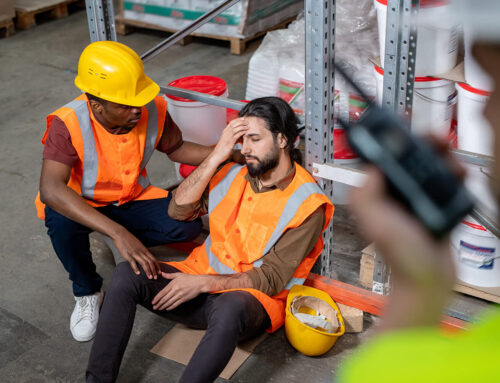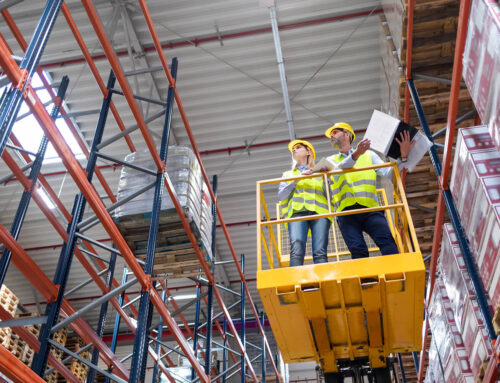When you are injured at your construction job and it becomes necessary for you to sue in court to get the compensation you deserve, it is important to understand several things. One is that succeeding in your lawsuit will require proving that your accident and injuries met all of the required elements of the statute under which you brought your lawsuit. To make sure you have all of the proof you need to get the successful outcome you deserve, be sure you’ve retained an experienced New York City construction injury attorney.
What do we mean when we talk about covering all of the “elements”? Take a look at the case of C.S. for an example. C.S. was working in Manhattan for a cleaning services company at a site owned by a major energy company. C.S.’s job on the day of his injury involved transporting a steel plate to the site and unloading it. The plate weighed roughly 4,000 pounds. It was as the worker was performing the unloading task that he was injured.
If you’re hurt in an accident like C.S.’s, there are certain factual aspects of your case that should give you great hope for success in court. Section 240(1) of New York’s Labor Law says that the general contractor on your job, as well as the site owner, have a mandatory duty to provide you (and all workers at the site) with proper safety protections against injuries resulting from “gravity-related risks.” That includes things like objects falls on you.
On top of that, the New York courts have been clear that the distance an object must fall to be more than just legally trivial, and allow you to secure a judgment, doesn’t always have to be a great one. The courts often look at the broader picture, like the amount of force the falling object was exerting. In other words, while a two-by-four board might need to fall many feet in order to exert enough force to give you a winning case, a two-ton steel plate (like C.S. was moving) might exert the necessary force in a fall that is only just a few feet or even a few inches.
So, these elements of C.S.’s case were strong. This is probably why the defense attacked the worker’s case in another way. The defense argued that what C.S. was doing was not one of the “enumerated activities” under the law. What that means is that there are certain job tasks that are covered by Section 240(1) and some that aren’t. If you’re installing a steel beam in a building frame, that would generally be covered; if you’re just setting a steel beam aside for storage, that probably wouldn’t be covered.
Circumstances like this are where it pays to have adequate document and/or witness evidence. The defense argued that C.S. was unloading the plate for storage. The injured worker, though, put on multiple witnesses who testified that the plates actually were being used to cover areas that had been excavated to allow for the performance of electrical work.
That witness testimony was key and helped give the worker the overall proof he needed to obtain a successful outcome.
To get the positive results you and your family need after you’ve been hurt at your construction job, contact the knowledgeable New York City construction injury attorneys at Arcia & Associates. Our team has many years of handling construction injury cases and helping injured workers at every step along the way.
Contact us at 718-424-2222 to find out how we can help you.











